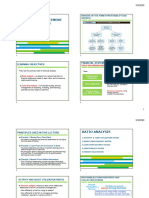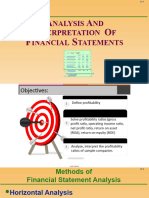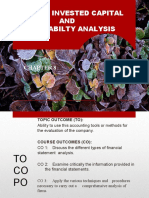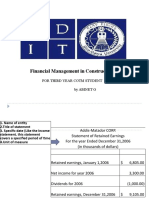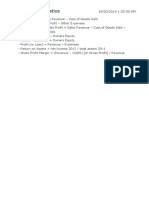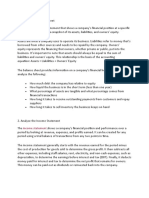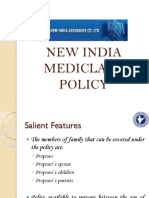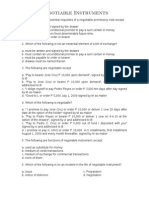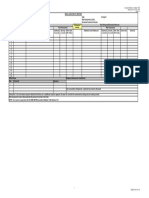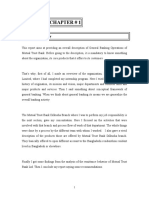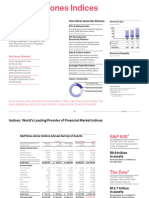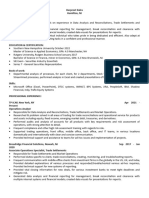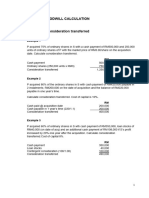0% found this document useful (0 votes)
23 views31 pagesFSA t3
The document outlines the principles of financial statement analysis, focusing on key concepts such as return on equity (ROE), return on assets (ROA), and the impact of financial leverage. It emphasizes the importance of profitability and growth in determining a firm's value, and discusses various techniques for ratio analysis, including year-to-year growth analysis and common size statements. Additionally, it explores the decomposition of ROE into profit drivers and the significance of operating and financial management strategies.
Uploaded by
qtycx5d4fxCopyright
© © All Rights Reserved
We take content rights seriously. If you suspect this is your content, claim it here.
Available Formats
Download as PDF, TXT or read online on Scribd
0% found this document useful (0 votes)
23 views31 pagesFSA t3
The document outlines the principles of financial statement analysis, focusing on key concepts such as return on equity (ROE), return on assets (ROA), and the impact of financial leverage. It emphasizes the importance of profitability and growth in determining a firm's value, and discusses various techniques for ratio analysis, including year-to-year growth analysis and common size statements. Additionally, it explores the decomposition of ROE into profit drivers and the significance of operating and financial management strategies.
Uploaded by
qtycx5d4fxCopyright
© © All Rights Reserved
We take content rights seriously. If you suspect this is your content, claim it here.
Available Formats
Download as PDF, TXT or read online on Scribd
/ 31






